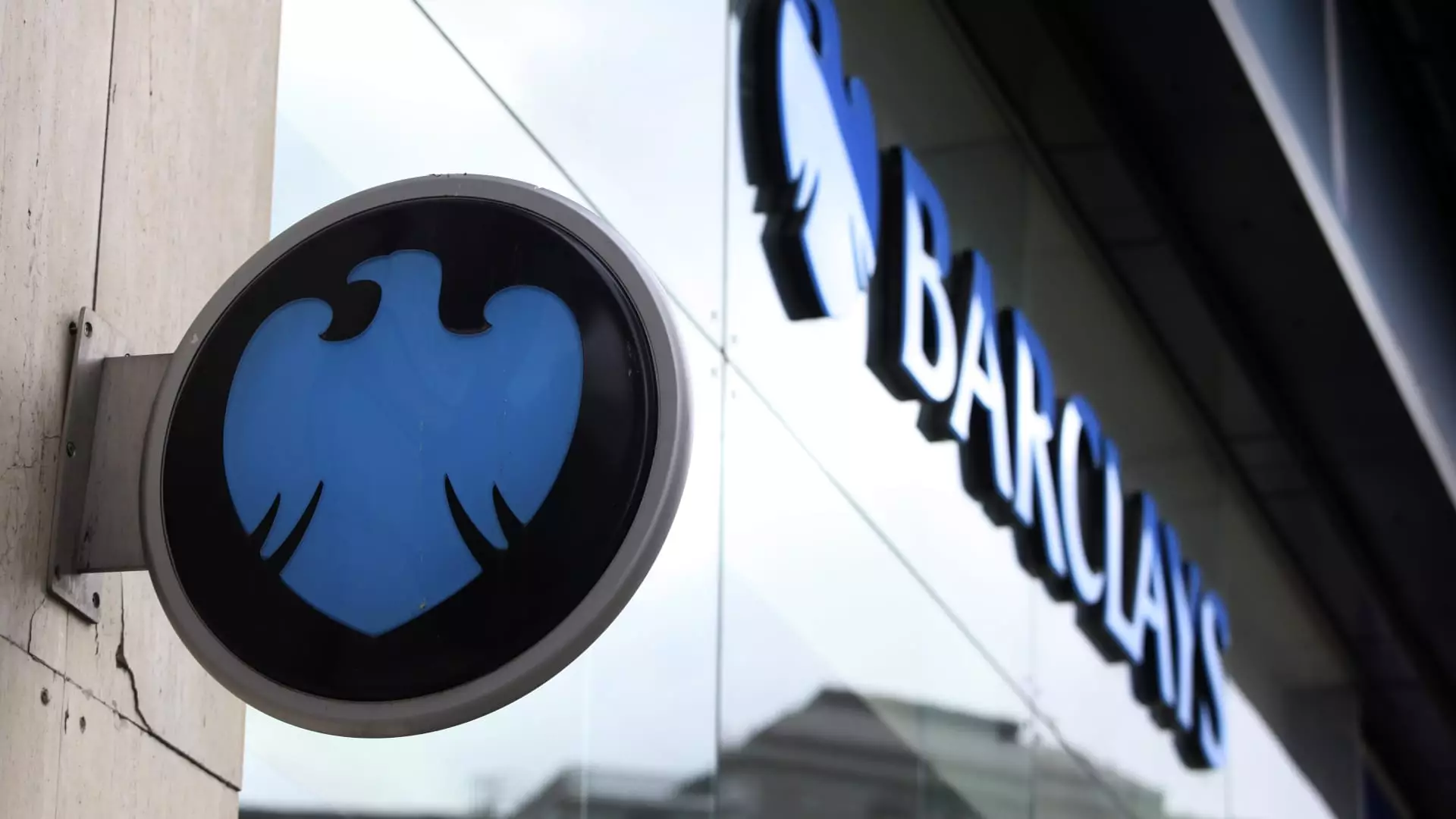Barclays, one of the UK’s leading banks, recently unveiled its financial results for the year 2024, revealing a notable increase in its pre-tax profits that outperformed analyst expectations by a slim margin. The pre-tax profit soared by 24% to £8.108 billion, slightly eclipsing the forecast of £8.081 billion provided by analysts from LSEG. This positive trend extends to the net profit attributable to shareholders, which also escalated by 24% to £5.316 billion. However, despite these gains, it failed to meet the anticipated £5.449 billion, highlighting a mixed outcome in its financial performance.
Hurdling through the quarterly results, Barclays noted that the attributable profit for the fourth quarter was £965 million, undercutting the analyst prediction of £994 million. Nevertheless, total income for the last three months of the year reached £6.96 billion, a considerable uptick compared to £5.6 billion from the previous year’s quarter. This increase was largely driven by robust performances in its core investment and retail banking divisions, which saw year-on-year growth rates of 28% and 46%, respectively.
In recent years, Barclays has embarked on a comprehensive strategic reshuffle aimed at streamlining operations and enhancing profitability. The bank is set to cut costs by £2 billion by 2026, a move designed not only to bolster shareholder returns but also to stabilize its financial foundations. A significant aspect of this strategy was the absorption of the retail banking arm of Tesco, integrating a lucrative consumer sector into its operations.
Additionally, the landscape of British banking is shifting, particularly with potential opportunities arising from changes in the competitive environment. Recently, HSBC announced plans to divest from its M&A and equity capital market operations across Europe and the U.S., possibly paving the way for Barclays to capture previously held market shares and strengthen its own investment banking unit.
Despite its resounding financial performance, Barclays operates in a complex economic environment characterized by sluggish growth and a downturn in IPO activities on the London Stock Exchange. The sluggishness in the UK economy poses hurdles for financial institutions, and the latest rate cut by the Bank of England further complicates Barclays’ profitability. Monetary easing often compresses the margin between lending rates and deposit payouts, which poses a risk to banks’ revenue streams.
Moreover, the bank experienced a significant three-day technology outage recently, which disrupted transactions and payments—a reminder of the technological vulnerabilities that can plague even the most established institutions. While the issue has been resolved, it underscores the necessity for robust operational frameworks to maintain consumer trust.
The regulatory landscape is also evolving, with UK Finance Minister Rachel Reeves advocating for a balanced approach that promotes competitiveness alongside consumer protections. This dual aim resonates with the impending release of the government’s Financial Services Growth and Competitiveness Strategy, expected in spring. The strategies formulated will be crucial for navigating future challenges, particularly as British and European banks strive to keep pace with their American counterparts, which may be buoyed by a more lenient regulatory approach under the current U.S. administration.
As Barclays moves forward, the bank’s continued focus on enhancing its retail and consumer banking operations may serve as a buffer against broader economic challenges. By leveraging strategic initiatives and capitalizing on competitive openings in the market, Barclays stands to not only solidify its position in the UK but also enhance its global footprint.
Barclays’ recent financial results present a mixed bag of successes and challenges, encapsulating the complexities of the contemporary banking landscape. The rise in profits is commendable, yet the bank must remain vigilant against economic headwinds and regulatory scrutiny. Navigating these challenges while fostering consumer trust through robust operational and technological measures will be crucial for Barclays as it seeks to thrive in an increasingly competitive financial environment. The upcoming months will be instrumental in determining whether Barclays can sustain its momentum and capitalize on the evolving market dynamics.

